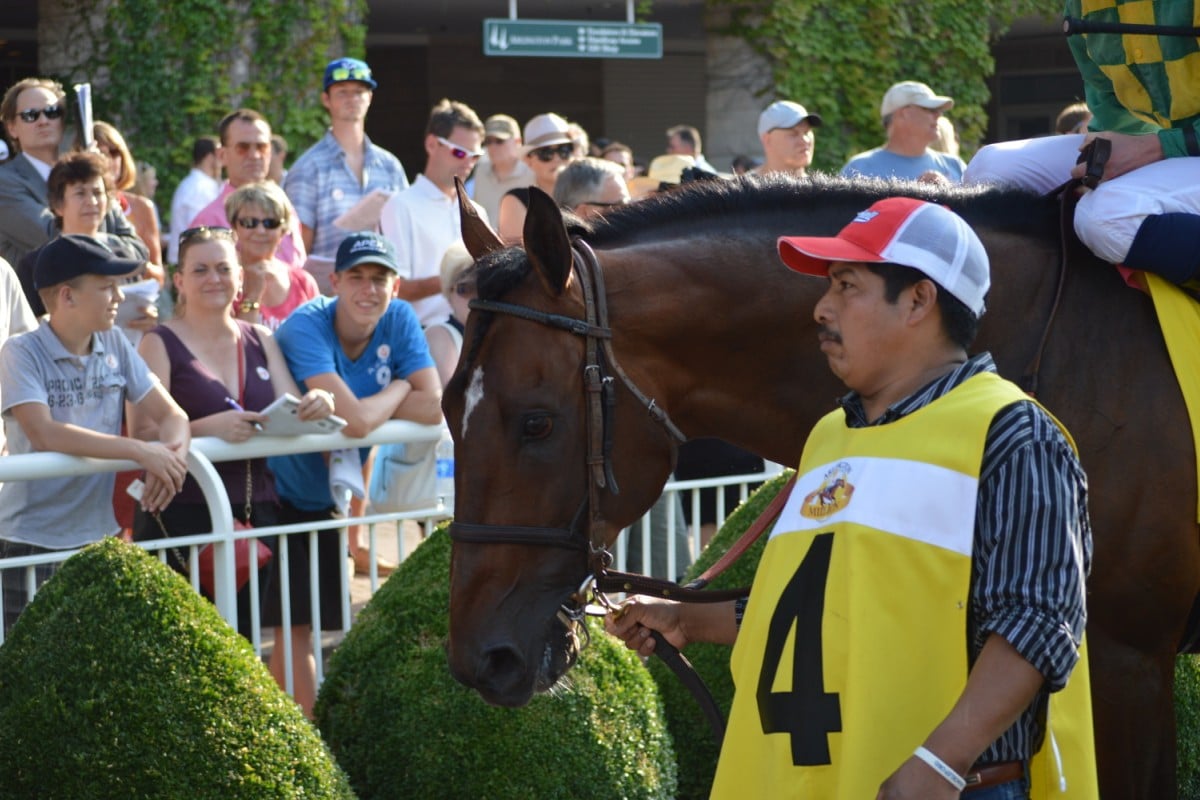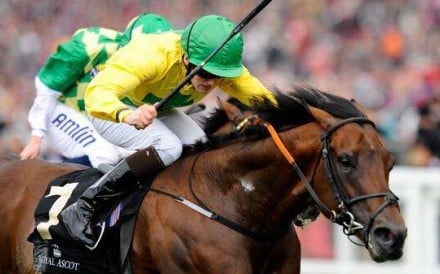It’s easy to judge a book by its cover and it’s a breeze to cast aspersions on other racing countries based on what Hong Kong has to offer.
Going to a winter provincial meeting in Australia a week after the final meeting at Sha Tin is downright depressing, and an early spring meeting in Sydney with a Group Two on the card isn’t much better.
At least the horses and many of the people are familiar, so it wasn’t entirely miserable.
But the shock was finding a new perspective on American racing after a trip to the United States, where I attended two of their big meets – the Arlington Million at Chicago’s Arlington Park and the Pacific Classic at San Diego’s Del Mar.

I’d always looked down upon American racing in particular. It seemed to be a jurisdiction where the sport was dying, where new fans weren’t being attracted to the sport and which seemed to only make the news when the New York Times carried animal cruelty exposes.
Apart from their top horses like Wise Dan, it was hard to follow any of their name gallopers, because they rarely travelled elsewhere and longevity was rare.
Don’t get me wrong, American racing is still a basket case with some daunting issues. Turnover is plummeting overall, many clubs are in financial strife, their medication and horse welfare policies are woefully inept and stuck in the dark ages, and they are as insular a bunch as you’ll find.
Only in America would the Ryder Cup of horse racing – the Breeders’ Cup – be labelled as the world championships, a joke which ignores the fact that most of the world’s premier racing jurisdictions are barely represented.
And only in America would Irad Ortiz Jnr be described as the hottest jockey in the world with a straight face. Ever heard of Joao Moreira?
But their issues are not insurmountable and there are certainly lessons to be taken.
Like never turn up to Del Mar in a traditional suit, but instead wear a Hawaiian shirt, board shorts and a fedora hat. A Cuban cigar wouldn’t go astray either.

One of the more interesting lessons was the way in which young Americans – let’s say those under 40 – are encouraged to participate in the sport.
In Australia, people who enjoy the sport side of racing – the thoroughbreds, the participants and the analysis – are thin on the ground. It is a major reason the international racing community has exploded on Twitter, as people turn to the internet to chat to like-minded racing fans.
What we take for granted in Hong Kong is an unlimited source of new fans. Every kid knows the Jockey Club, something about racing and it is a rite of passage to be allowed into Sha Tin and Happy Valley at 18.
For many, it’s not the party or the fashion – it’s the thrill of the sport. Wherever you go, whether it’s the gym or the tailor or the convenience store, everyone wants a horse tip, not a fashion tip. It’s ingrained in the culture.
Attracting young people is something that has caught Australia on the back foot, with fascinators and (champagne) flutes more fitting than fillies and form.
Australian administrators have also been privileged to have a horse like Black Caviar and a race like the Melbourne Cup, which have brought new people to the sport, but it’s not enough to just bring them in without encouraging them to stay.
In the US, though, most of the television presenters are under 40, young people make up a significant portion of the crowd and it feels quite fresh.
And while there is still a tight grip from the old boys’ club, as in most parts of the world, slowly that influence is being eroded.

They are the next administrators, the big punters, the trainers, and it is one way in which America acts as a model to the rest of the world.
At the big meetings, in particular, there are plenty of younger people keen to make their mark in racing – and in different ways too. Some are creative, some analytical.
Many bring fresh perspectives, new ideas and are not jaded by old ways of thinking. Experience is obviously important, but the passion is inspiring.
If their enthusiasm and excitement can be harnessed, then the eulogies are premature – American racing has some life in it yet.



















